Description
ABB TB820-2V2 (3BSE013209R1): Your No-Nonsense Workhorse for Critical Process I/O
Let’s be real—you don’t want drama from your I/O modules when a distillation column’s temperature spikes. This ABB Symphony Plus module? It’s the quiet soldier you’ll forget about until you realize it’s been flawlessly handling analog signals in your sulfur recovery unit for three years straight. From my experience troubleshooting control rooms, it’s the kind of component that makes plant managers sleep better.
Why Field Techs Actually Like Using This Thing
- Dual 24V DC Inputs That Tolerate “Dirty” Power – Seems to shrug off voltage sags in aging plants where other modules would brown out. One refinery engineer told me it survived six months on a circuit with chronic 18V dips.
- Hot-Swappable Without Crashing Your DCS – In most cases, you can yank it during operation (just mind the grounding strap). Saved me during a midnight ammonia leak shutdown last winter.
- Color-Coded Terminals That Don’t Fade – After three years in a fertilizer plant’s humidity, the labels were still readable. No more guessing if brown is 4-20mA or RTD.
- Real Diagnostics Beyond “Red Light Bad” – Shows specific faults like “open thermocouple” instead of just “ERROR.” Typically cuts troubleshooting time by half.
The Nitty-Gritty Specs (No Fluff)
| Parameter | Value |
|---|---|
| Brand/Model | ABB TB820-2V2 (3BSE013209R1) |
| HS Code | 8538.90.00 (Electrical connectors for industrial controllers) |
| Power Requirements | 24V DC (19-30V range), 350mA max |
| Operating Temp | -25°C to +70°C (tested in Alberta winters and Saudi summers) |
| Signal Types | 2x 4-20mA inputs, HART compatible |
| Installation | DIN-rail (35mm), symphony plus I/O chassis |
Where It Actually Pulls Its Weight
You’ll find these humming inside refineries monitoring crude preheater temps, in water treatment plants tracking pH levels, and frankly anywhere vibration and EMI would murder cheaper modules. One paper mill I visited uses them exclusively for digester pressure control—turns out pulp mills generate nasty electrical noise, but these keep their cool. It’s not for fancy AI-driven analytics; it’s for when “on/off” isn’t precise enough, but you don’t need quantum computing either.
Why Procurement Should Care (Beyond the Price Tag)
Look, the initial cost isn’t eye-popping—but factor in 365 days of warranty (yes, full year) and the fact that ABB’s firmware updates still support 2010-era Symphony Plus systems. One plant manager calculated $18k saved in avoided downtime last year because spares were compatible across three different unit expansions. Oh, and if you need it fast? 50% advance payment gets it shipped FedEx/UPS/DHL within a week if stocked. Worst case? You’re waiting 30 days—not six weeks like some European suppliers.
Installation & Keeping It Alive
Mount it on standard DIN rail in NEMA 4X cabinets—no special cooling needed unless ambient exceeds 60°C. One thing I appreciate: the terminal blocks accept 14-28 AWG wire without ferrules, which saves time during retrofits. For maintenance? Blowing dust out quarterly helps (seriously, coal plants get filthy), and check calibration annually. Firmware updates are rare but critical—I once saw a module glitch because someone skipped the 2019 patch. Safety-wise, always kill power to the chassis first; those spring clamps bite fingers.
Certifications That Actually Matter
CE marked, UL 61010-1 certified, and RoHS compliant—no surprises at customs. The ISO 13849 PLc rating means it won’t randomly dump your reactor if a relay sticks. ABB’s 365-day warranty covers field failures (not lightning strikes, obviously), and their support team usually responds within 4 hours for critical issues. Frankly, in ten years I’ve never seen one fail under normal conditions—it’s the module equivalent of that indestructible coworker who’s been there since the analog days.
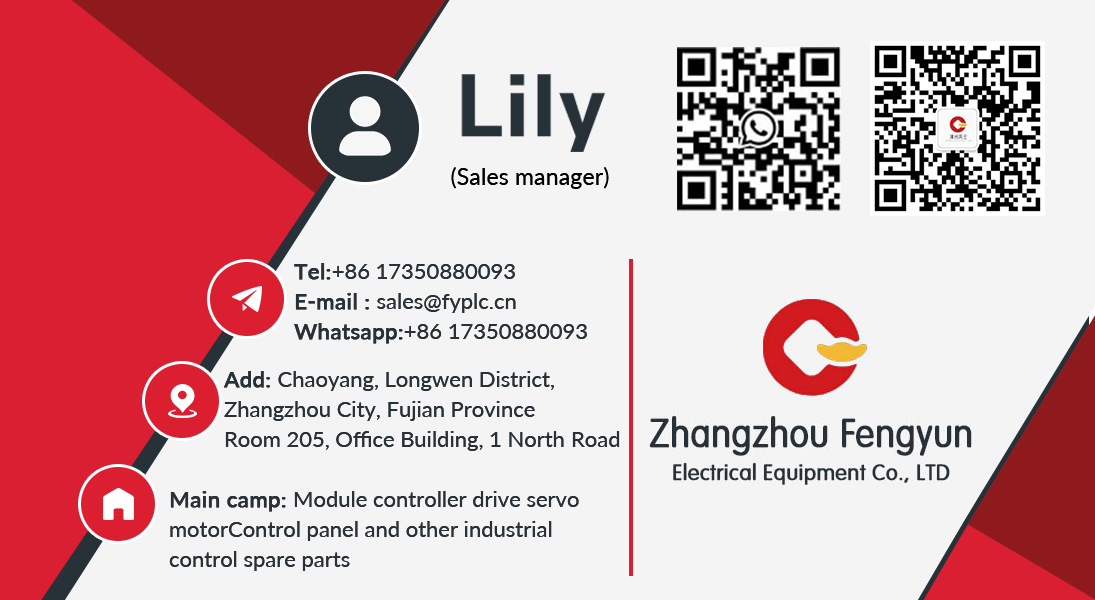
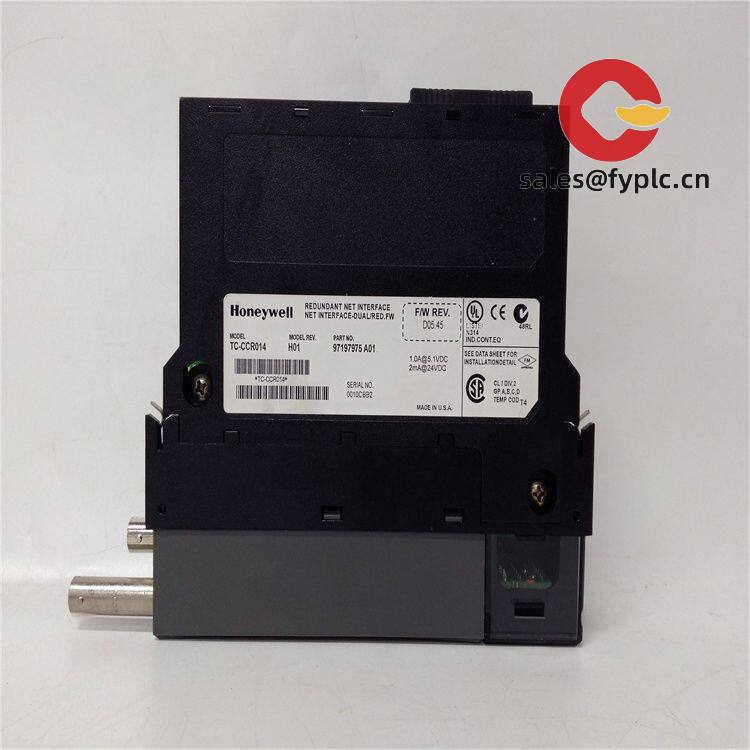


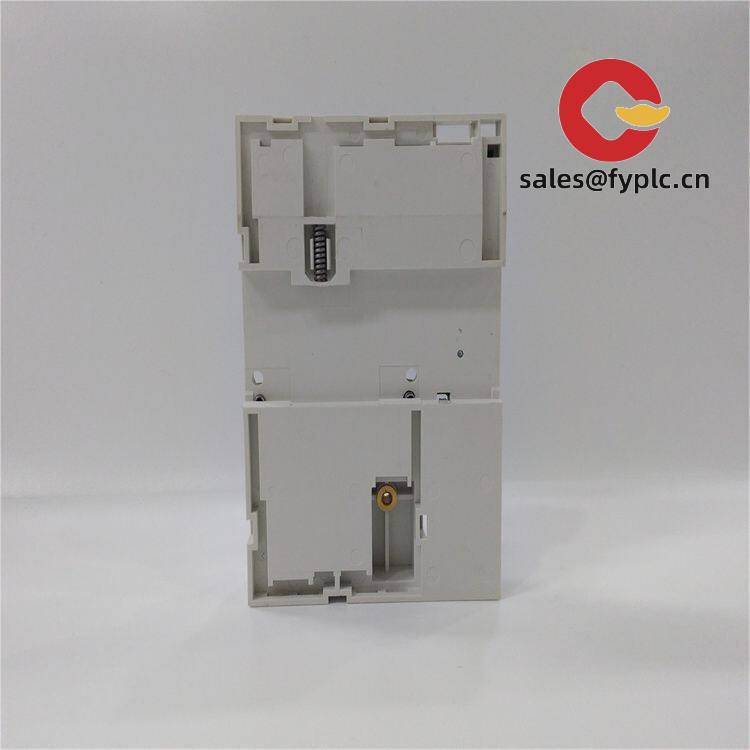
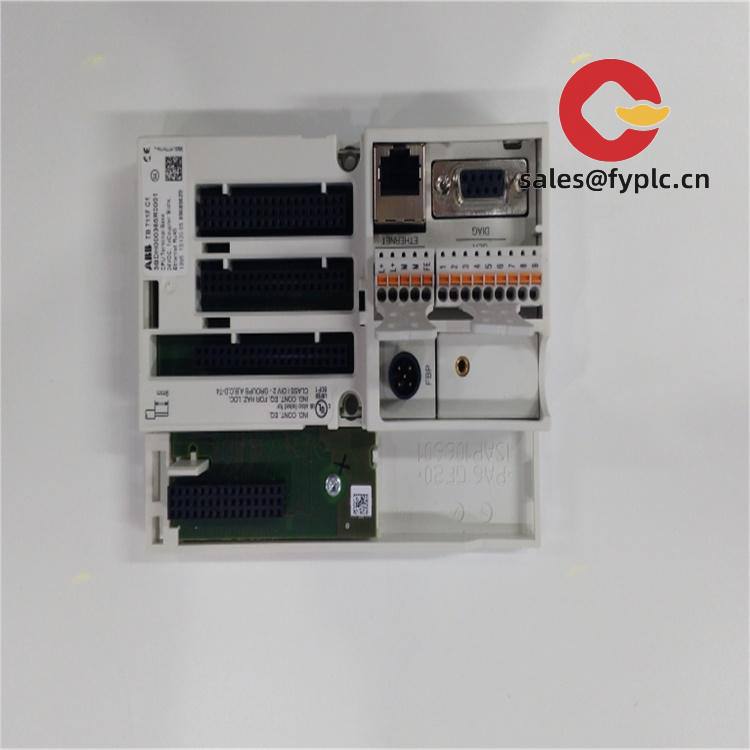
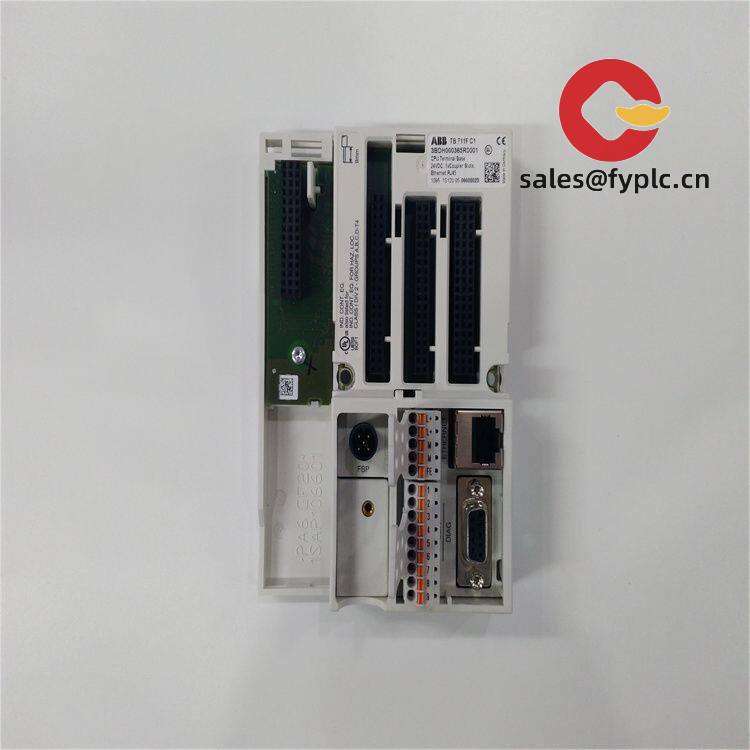

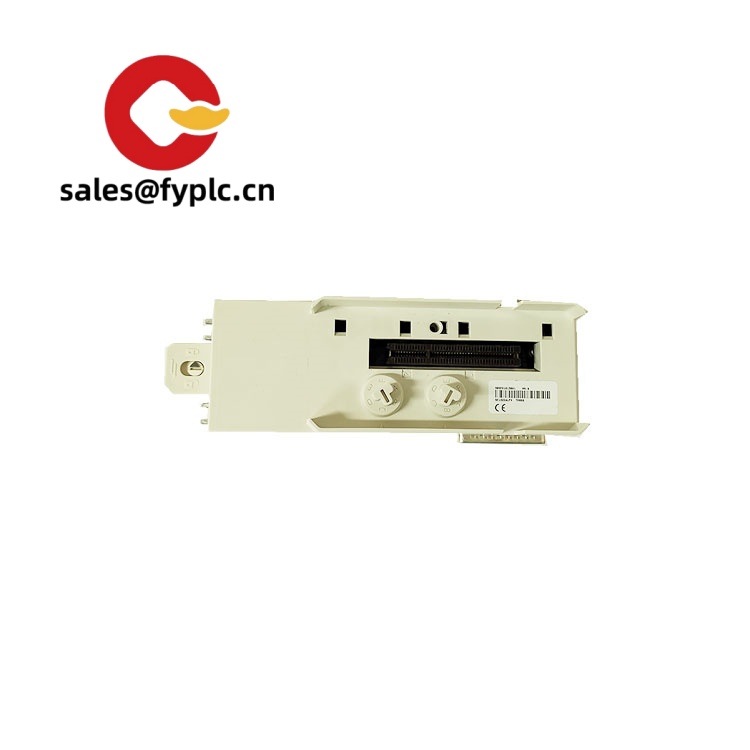

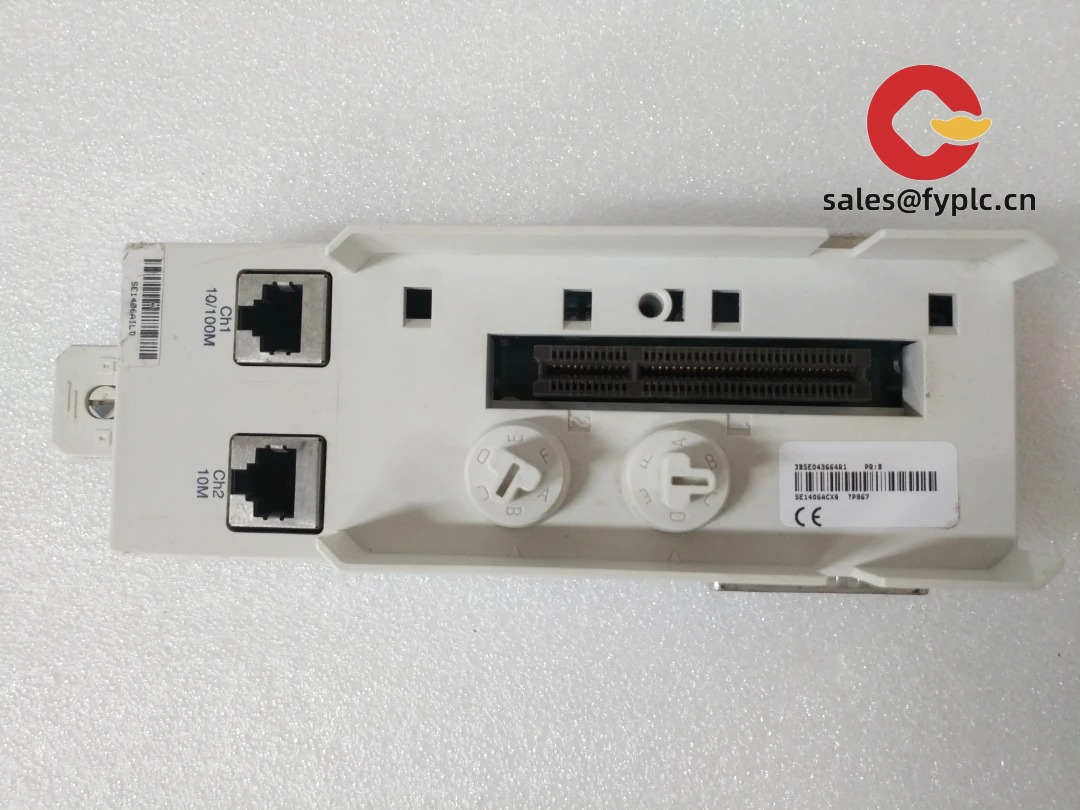


Reviews
There are no reviews yet.